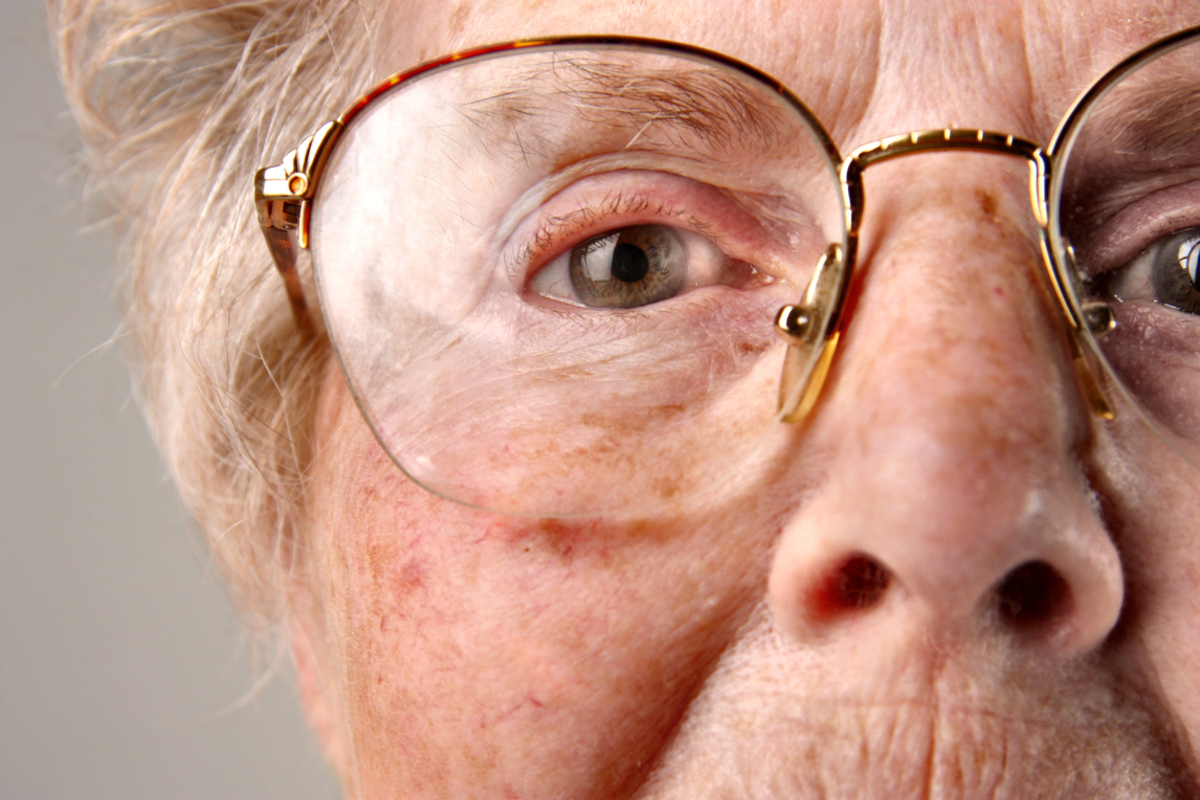Myoclonus is a generalized term to describe jerky and irregular movements. It is typically associated with degenerative conditions of the brain, like Parkinson's disease or Alzheimer's disease to name a few. There are various types of myoclonus, and each type can vary significantly based on what part of the brain and body are affected but there are common features that unite all these variations. Here, we will focus on some of the most important facts about this disease and what you need to know if someone close to you is suffering from Alzheimer's disease.

How common is myoclonus?
When it comes to any type of medical condition, a bad habit that my colleagues easily fall into is throwing around medical rhetoric that most people may not understand. This can not only increase the anxiety and stress of the situation for patients who are now worried about remembering the term to check online after their medical visit, it is also rare for a doctor to translate what these terms mean in layman's terms, much less about how common or serious these symptoms actually might be. This is exactly the case when it comes to a term like myoclonus.
So, to put it plainly — myoclonus is a condition in which a patient suffers from irregular or sudden uncontrolled motion. It has a lifetime prevalence of 8.6 per 100,000 people in the general population. This means that it's a relatively rare condition. The likelihood of having myoclonus increases slightly after patients have reached 50 years of age, likely due to the degenerative changes that begin to occur in most of these brain conditions.
The key thing to take from this investigation into the prevalence of myoclonus is that this rate is much lower compared to the rate of Alzheimer's disease in the population. With about 10 percent of the population over the age of 70 suffering from Alzheimer's, an Alzheimer's disease diagnosis does not in any way guarantee that myoclonus will affect you during the course of the disease.
How will myoclonus generally appear?
Because myoclonus is a disease of the muscles, it is no surprise that damage along the spinal cord or the peripheral nerves are possible as a consequence of this disease. The regions of the body that are largely affected are the areas that have a combination of the brain and peripheral muscles. This is called the cortical system and the hands and the face are most likely to be affected.
If the brainstem is where most of the damage is localized, a patient will typically have symmetrical problems with movement and will be worse during sudden, loud noises. The brainstem controls what is called our "startle response". Think of the last time you heard an unexpected noise or may have touched a hot pot on the stove. You had a symmetric reaction on both sides of your body to defend against these unexpected stimuli. With this type of myoclonus, the intensity and frequency of this type of movement is increased and can occur even after less startling noises.
How do you really know you're dealing with myoclonus?
If you have a family member who presents with jerky movements, it is important to meet with a neurologist as quickly as possible to get to the bottom of what could be causing the new-found symptoms. Electrolyte imbalances or substance abuse from alcohol are just a few of the many different causes of similar shaking movement, but they can be reversed with therapy so it is important to determine how severe the condition is.
A patient in this condition will need to have a number of different neurological examinations like electromyography (EMG) or electroencephalography (EEG) studies. An EMG is a study done to determine how effectively muscles are conducting nerve signals. A change in the electrical activity from a normal level can result in the muscle being very twitchy and jerky-like in myoclonus or completely paralyzed. An EEG should be done to make sure that these uncoordinated movements are not a result of a seizure. Not all seizures will present as depicted on television where a patient will be convulsing on the ground violently. Some are hardly noticeable at all and can occur for years before a patient is ultimately diagnosed with a seizure condition.
Patients should also have a CT scan or an MRI in order to have a clear picture of any potential damage to their brains. This will allow us to help stage out the severity of the disease and help rule out other conditions like tumors or strokes that could cause similar symptoms.
How can you treat myoclonus?
The last important component that you need to know if someone close to you is affected by myoclonus is what type of treatment may be available to help. As you have seen above, a multitude of conditions can lead to these types of symptoms. In some cases, medications will be helpful in alleviating the symptoms.
If a patient is suffering from cortical myoclonus where symptoms are worse in the hands and the face, a potential therapy could be drugs like valproate or clonazepam. They will help reduce the shaking of the hands and face and allow the patient to have more control over their movements.
If peripheral muscles are found to be the main site of myoclonus, numerous studies have shown the promise of botox as a therapy. This is the same substance that reduces facial wrinkling. It works by paralyzing the muscles to help alleviate symptoms of shaking or jerky movements. The dose will be low, so it will not result in total paralysis, just enough to reduce the muscle stimulation and improve movements.


Your thoughts on this